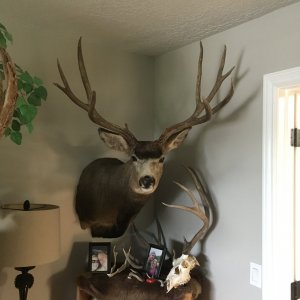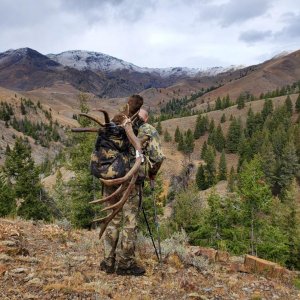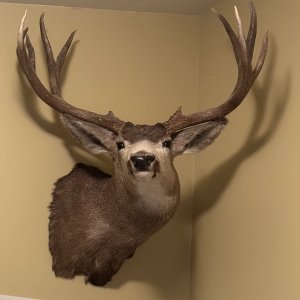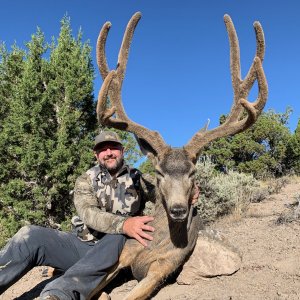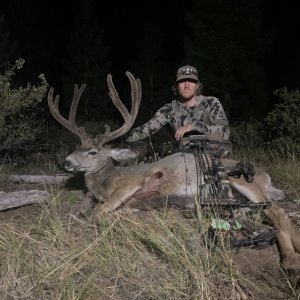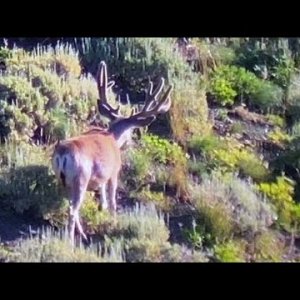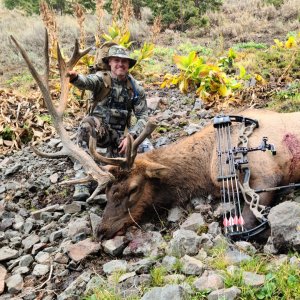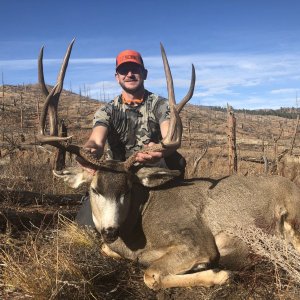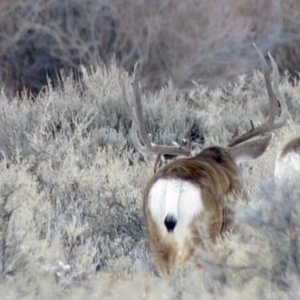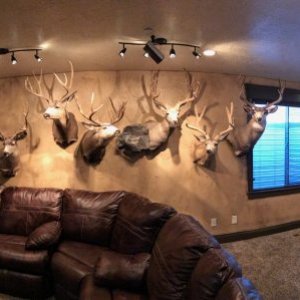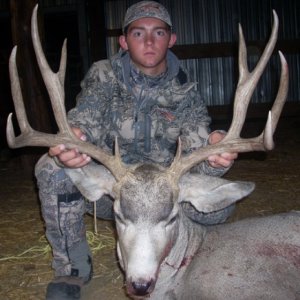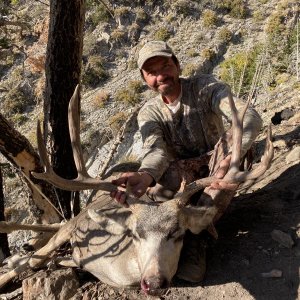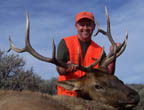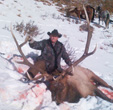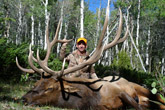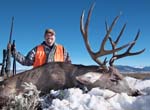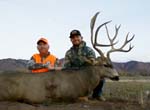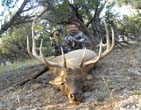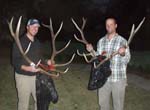AntlerObsession
Member
- Messages
- 50
Gentlemen,
We gathered a group of desert dwellers from AZ to go to SW Colorado for an epic mule deer hunt. We called the local DOW office for local conditions, and got some good information: highs around 70, dry, no snow, weather you would expect to see in Phoenix, not the CO Rockies!! Then, the nice DOW lady dropped some info I wasn't expecting. She says that the deer are already long gone on their way to their winter range, and despite beautiful weather, and no snow in the high country, they will have long gone.
My question for smarter minds than mine: What provides the greatest motivation for deer to move to lower elevations in the fall?
A: Snow
B: Temperature
C: Internal Clock(they just know when to go, regardless of conditions)
Your input would be very much appreciated. Thanks in advance!
We gathered a group of desert dwellers from AZ to go to SW Colorado for an epic mule deer hunt. We called the local DOW office for local conditions, and got some good information: highs around 70, dry, no snow, weather you would expect to see in Phoenix, not the CO Rockies!! Then, the nice DOW lady dropped some info I wasn't expecting. She says that the deer are already long gone on their way to their winter range, and despite beautiful weather, and no snow in the high country, they will have long gone.
My question for smarter minds than mine: What provides the greatest motivation for deer to move to lower elevations in the fall?
A: Snow
B: Temperature
C: Internal Clock(they just know when to go, regardless of conditions)
Your input would be very much appreciated. Thanks in advance!

